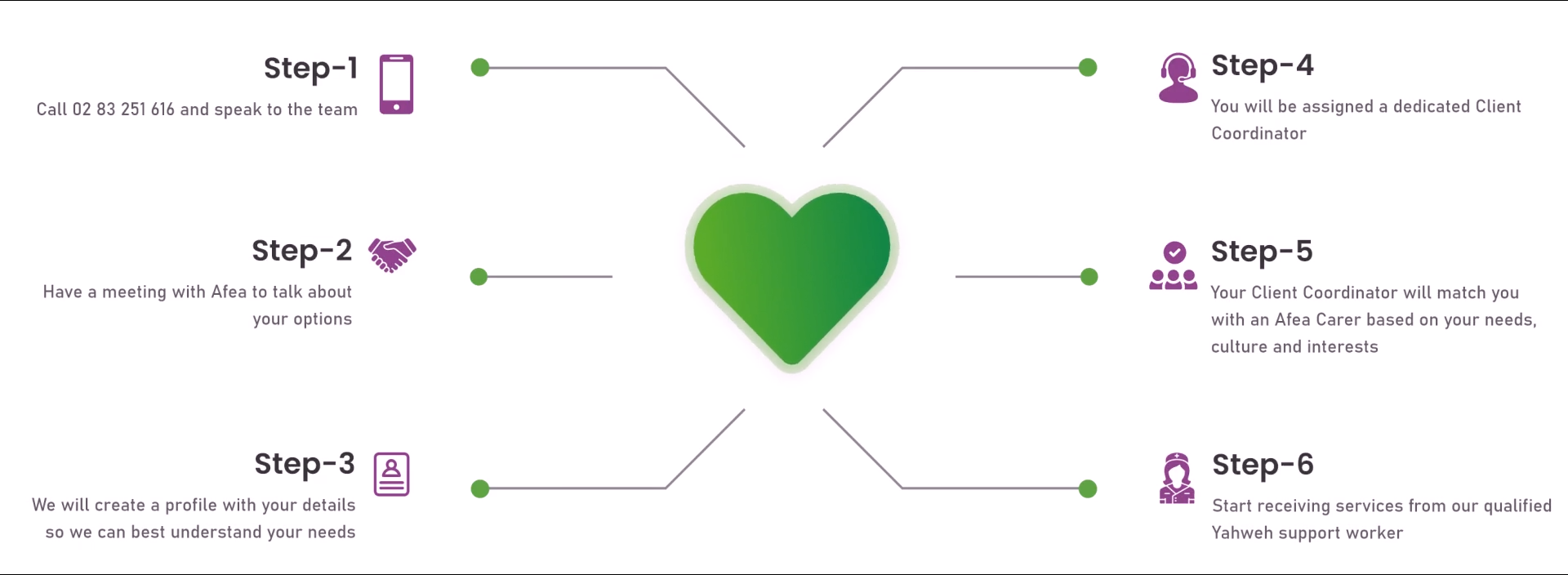The term ‘high intensity care’ is relatively new in the medical sphere and refers to intense therapies and procedures that help patients recover. Many people require high-intensity assistance daily due to illnesses or injuries, but not all hospitals have the appropriate facilities.
Often, a chronic health condition’s levels of support requires more intensive levels of high care supports. Some NDIS participants may require assistance with urinary catheter, tracheostomy care, respiratory care, diabetes management, behaviour management support, and other disability related health supports.
However, with every individuals complex care and personal care requirements, health practitioner must consider how to provide support the appropriate way.
This blog will focus on the benefits high-intensity support services offer to the patient’s health care recovery process.

High-Intensity Support Care
What is the Goal of High-Intensity Support Care?
High-Intensity supports those struggling with difficult illnesses like cancer and delivers care in a family home-like environment. Its purpose is to support patients to enjoy supported independent living in an intensely personal nature. The goal is to improve the quality of life for patients with chronic conditions.
It is a comprehensive, interdisciplinary approach to care that focuses on the whole person, not just their illness. High-intensity support care includes all aspects of the patient’s life, including their social and emotional well-being and physical health.
The goal is to help patients manage their chronic conditions so they can live full, active lives.
There is no one-size-fits-all approach to high-intensity assistance. Instead, each patient’s care plan is customized to their individual needs. Patients high intensity support needs also vary. Some may require intensive support due to old age or disability.
What Is The Importance Of Support Workers?
The support workers care team works with the patient to identify their goals and develop a plan to help them achieve them. The team may include specialists in various fields, such as medicine, nursing, dietetics, physical therapy, and social work.
These professionals have the knowledge to provide NDIS quality high intensity support skills. They also focus on the standard levels of assistance with their delegated task.
What are some high-intensity treatments?
Complex/high-intensity support care is often used to care for patients with more serious health conditions. These specialised support may include complex bowel care, complex wound management, enteral feeding and management, and pressure care.
These treatments can be very powerful and may have significant side effects. Patients who receive high-intensity treatments often need to be monitored closely by their healthcare team to ensure that they provide high intensity support.
Some examples of high-intensity treatments include: -Chemotherapy -Radiation therapy -Stem cell transplants -Immunotherapy.
Are there any side effects to high-intensity care?
Yes, high-intensity care has potential side effects but are typically rare and mild. The most common side effect is feeling flushed or warm. Other potential side effects include low blood pressure, headache, nausea, and irregular heartbeat. Most of these side effects are temporary and will go away independently.
However, if you experience severe or persistent side effects, please contact your doctor or healthcare provider immediately.
Benefits of high-intensity support care
complex/high-intensity care has many benefits, especially when treating patients with chronic conditions. Studies have shown that high-intensity assistance can help improve patient outcomes, reduce hospital readmissions, and lower healthcare costs. Patients who receive high-intensity assistance often have better clinical outcomes than those who receive standard support. For example, one study found that heart failure patients who received high-intensity assistance were less likely to be readmitted to the hospital within 30 days than those who received standard assistance.
Another study found that patients with chronic obstructive pulmonary disease (COPD) who received high-intensity assistance had a significantly lower mortality rate than those who received standard care.
High-intensity care can also help reduce healthcare costs. For example, a study of heart failure patients found that those who received high-intensity assistance had fewer emergency department visits than those who received standard care. This can lead to significant savings for both patients and the healthcare system.
In A Nutshell
High-intensity support is beneficial in various ways, and we hope this blog has helped you understand how it can help improve your life.
If you or someone you know is struggling with a chronic illness, please don’t hesitate to contact Yahweh Care for the right high intensity assistance. With the right support, anyone can live a healthier and happier life.





